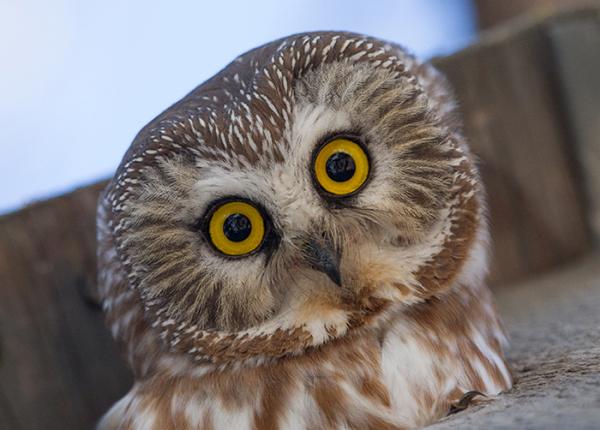Photo by Wayne Geater
Stumbled upon this beautiful bird this morning. I love the coloring and the subtle speckling. Make sure you zoom in on this photo to get a good look!
This owl was discovered 2001, and was the first new bird discovered in Sri Lanka since 1868. It lives in remote rainforest, where it is the only nocturnal avian predator.
The person who finally discovered it had heard an unknown bird call and chased it for 6 years before finally finding this tiny owl.
In 2006, the population was estimated at only 80 birds. Truly rare, and I’m glad we get to see it, and hopefully it will be protected.


Tl;dr - They’re not plumicorns because they’re part of the facial disc, not part of the top of the head.
The false plumicorns are controlled by the muscles of the facial disc, so they are moved by different muscles than true plumicorns. They also only seem to put them up during the day and only raise them at night when they’re alerted to something.
It’s more like an exaggerated forehead ridge, where if you’d scowl you’d get those forehead wrinkles. This pulls up the feathers, enhancing the owl’s crest and making the cute little fake horns.
I’ll post the pics from the PDF linked above. You should read it though. It isn’t that long and is written by the discoverer and talks about how he discovered the owl and went about studying it and verifying it was indeed a new species. Really great article!
Juvenile in front
Unlike most owl species, these seem to roost together in pairs fairly often.
Faux-tufts relaxed
First captured specimen, male. The discoverer is on the right with the mustache.
Males have oranger eyes, female have more yellow.